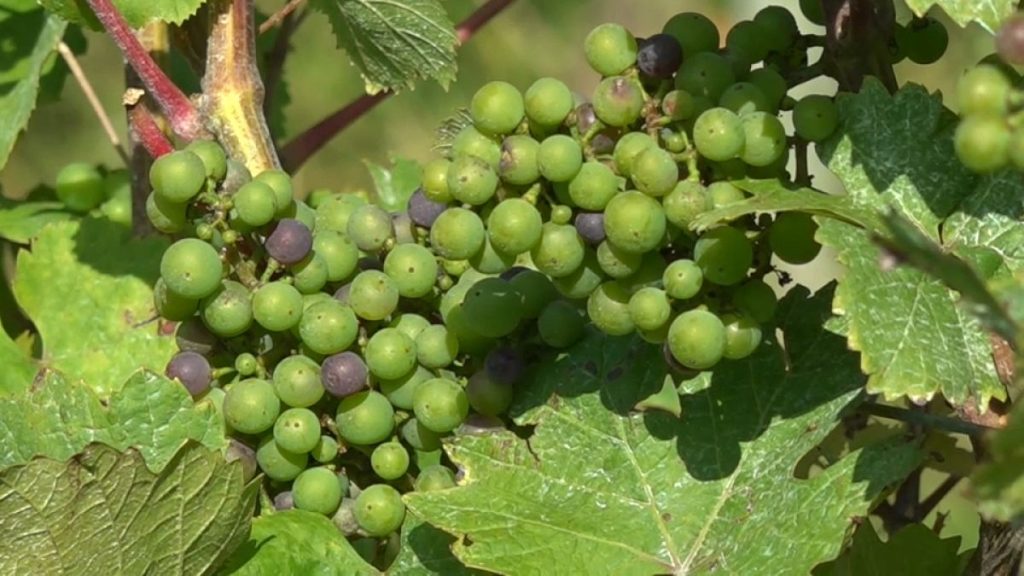Winegrowers in Belgium’s Walloon region are facing challenges due to climate change, leading to the need to adapt their wine growing techniques. Despite the initial appearance of rising temperatures seeming to favor vineyard development in Belgium, climate change brings a range of obstacles as well. The number of vineyards in Belgium has been steadily increasing over the past decade due to climate change, according to climatologist Sébastien Doutreloup from the University of Liège. However, climate change is also causing climatic hazards such as floods, rain, frost, and the appearance of insects and diseases in northern European vines that were previously only found in the south.
One example of a Belgian vineyard affected by climate change is Château Bon Baron near Dinant, where owner Jeanette van der Steen is experiencing the impacts first-hand. Increased temperatures as a result of global warming are causing vines to bud earlier in the season, making them more vulnerable to spring frosts. Additionally, insects like drosophila suzukii, which were previously found mainly in southern Europe, are now moving further north and affecting Belgian vineyards. To combat these challenges, winegrowers like van der Steen are adapting their techniques by spreading clay on vines to protect them from water and heat stress, as well as thinning out leaves to create a thicker skin on the grapes and reduce the risk of insect attacks and diseases.
In response to the changing climate, winegrowers in the Walloon region are modifying their practices to ensure the continued success of their vineyards. Van der Steen, an advocate for sustainable development, emphasizes the importance of adapting to climate change in order to protect the vines and maintain successful wine production. One significant change due to climate change is the difficulty in predicting the start of the harvest. Van der Steen notes that when she first started as a winegrower in the 2000s, the harvest in Wallonia began in mid-October. However, with increasing temperatures, the harvest now starts in early September, making it more challenging to determine the optimal timing for grape picking.
The challenges posed by climate change have forced winegrowers in Belgium to rethink their approach to wine growing in order to protect their crops and ensure successful harvests. While the increasing temperatures may initially seem beneficial for vineyard development, the accompanying climatic hazards and the spread of insects and diseases pose significant challenges for the industry. Winegrowers like Jeanette van der Steen are leading the way in adapting to these changes by implementing new techniques such as spreading clay on vines and thinning out leaves to protect against heat stress, insect attacks, and diseases. As climate change continues to impact the region, winegrowers in Belgium’s Walloon region will need to remain vigilant and adaptable in order to continue producing high-quality wines and navigate the uncertainties of the changing climate.
As the effects of climate change become increasingly evident in Belgium’s Walloon region, winegrowers are faced with numerous challenges that require innovative solutions and adaptive strategies. The rise in temperatures and changing climate patterns have created a host of obstacles for vineyards, including floods, rain, frost, and the emergence of new insect species in the region. In response, winegrowers like Jeanette van der Steen are proactively adjusting their practices by using techniques such as spreading clay on vines and thinning out leaves to protect against heat stress and other climate-related threats. By embracing sustainable development and staying attuned to the evolving climate conditions, Belgian winegrowers are working to safeguard their vineyards and ensure the continued success of their wine production in the face of climate change.


